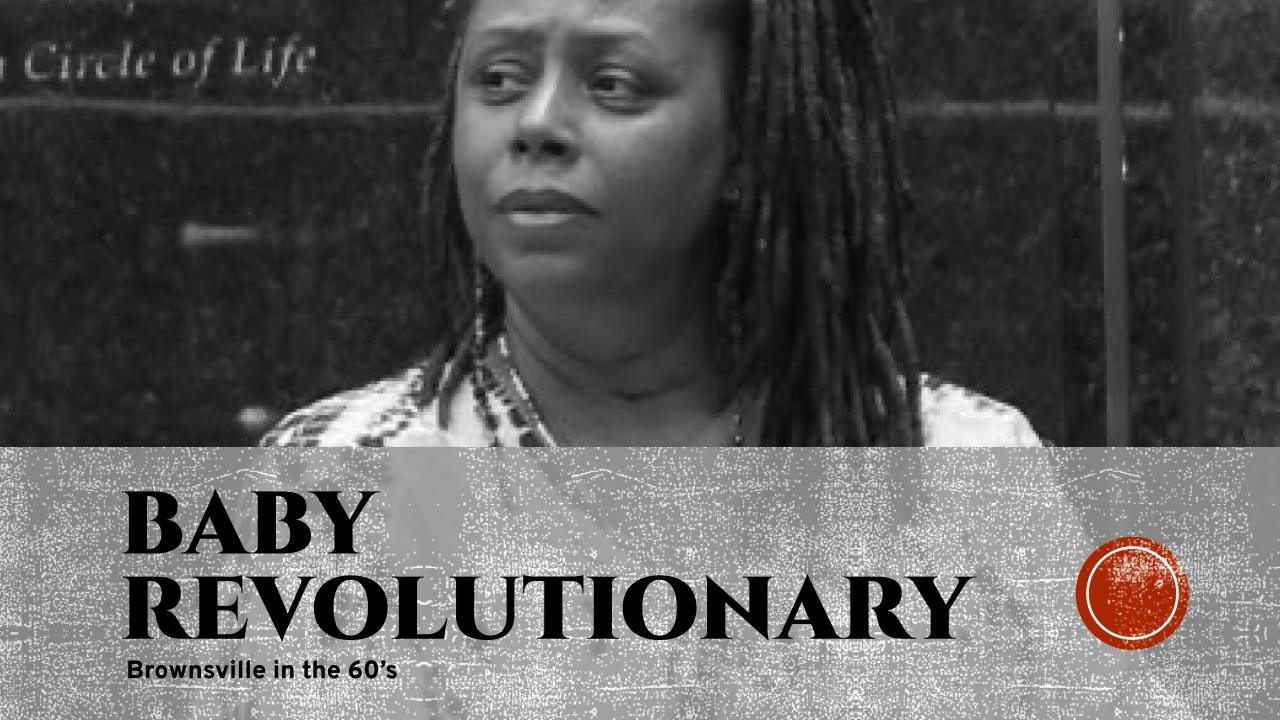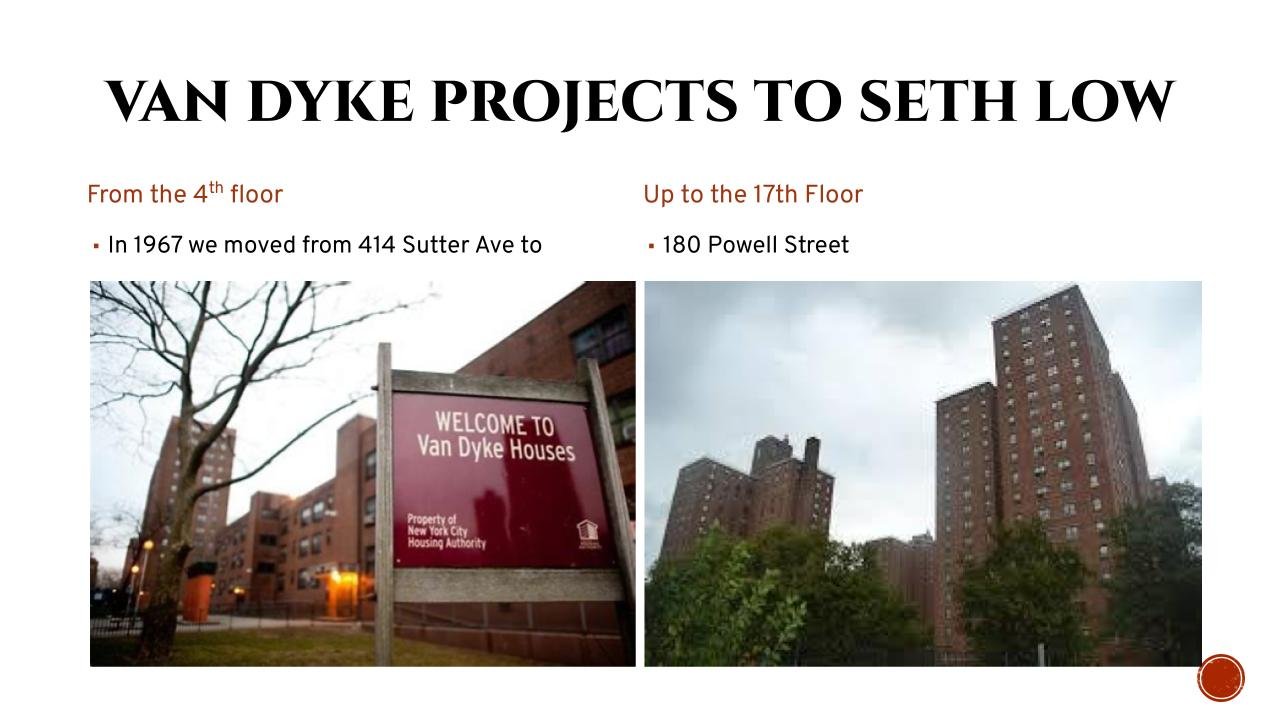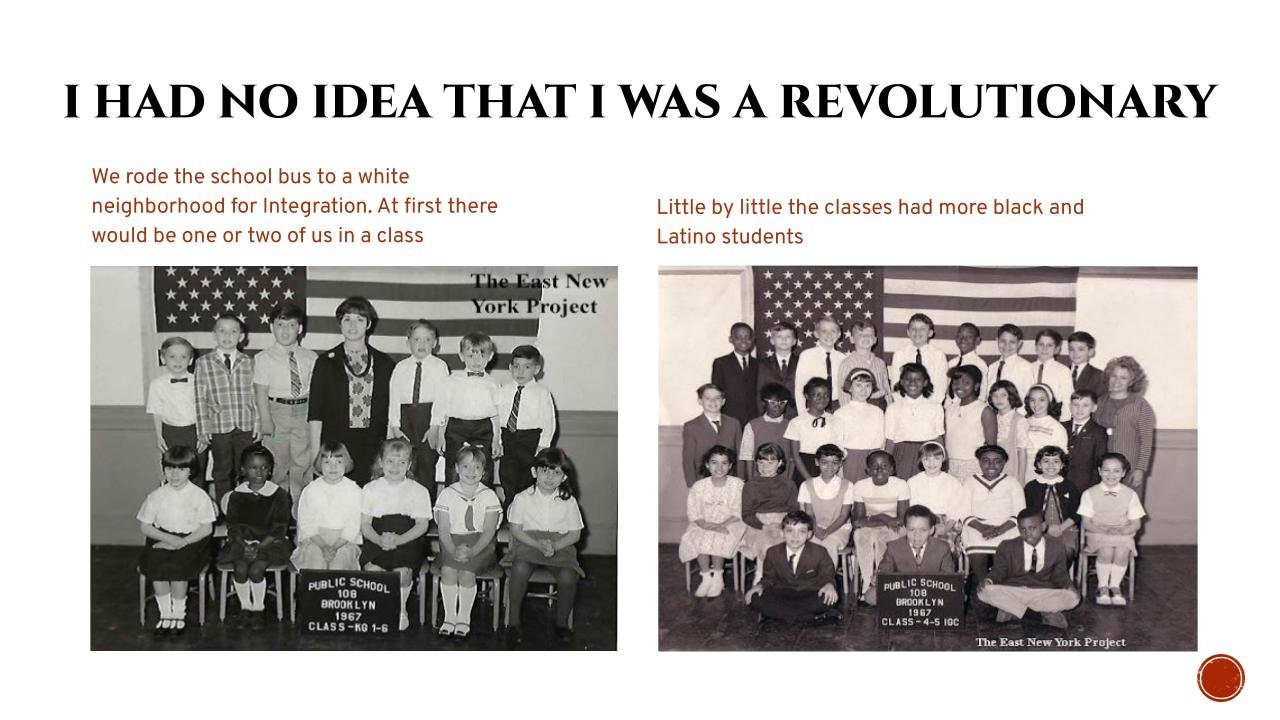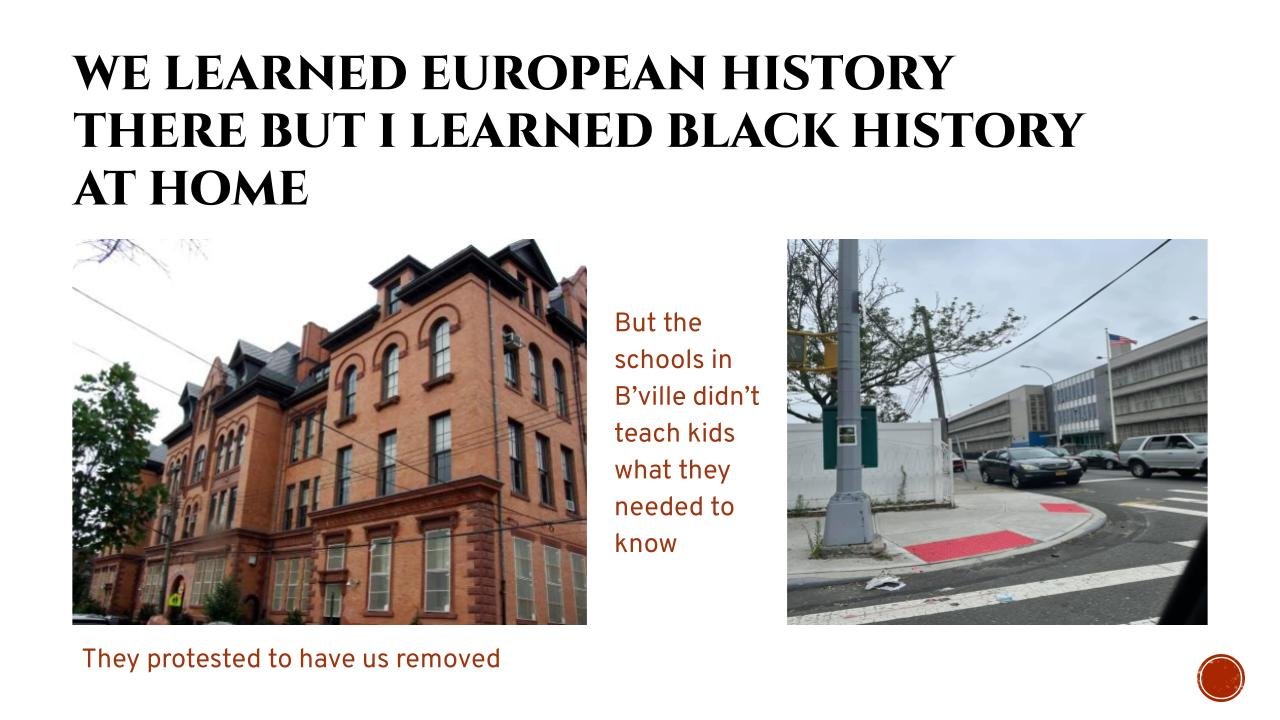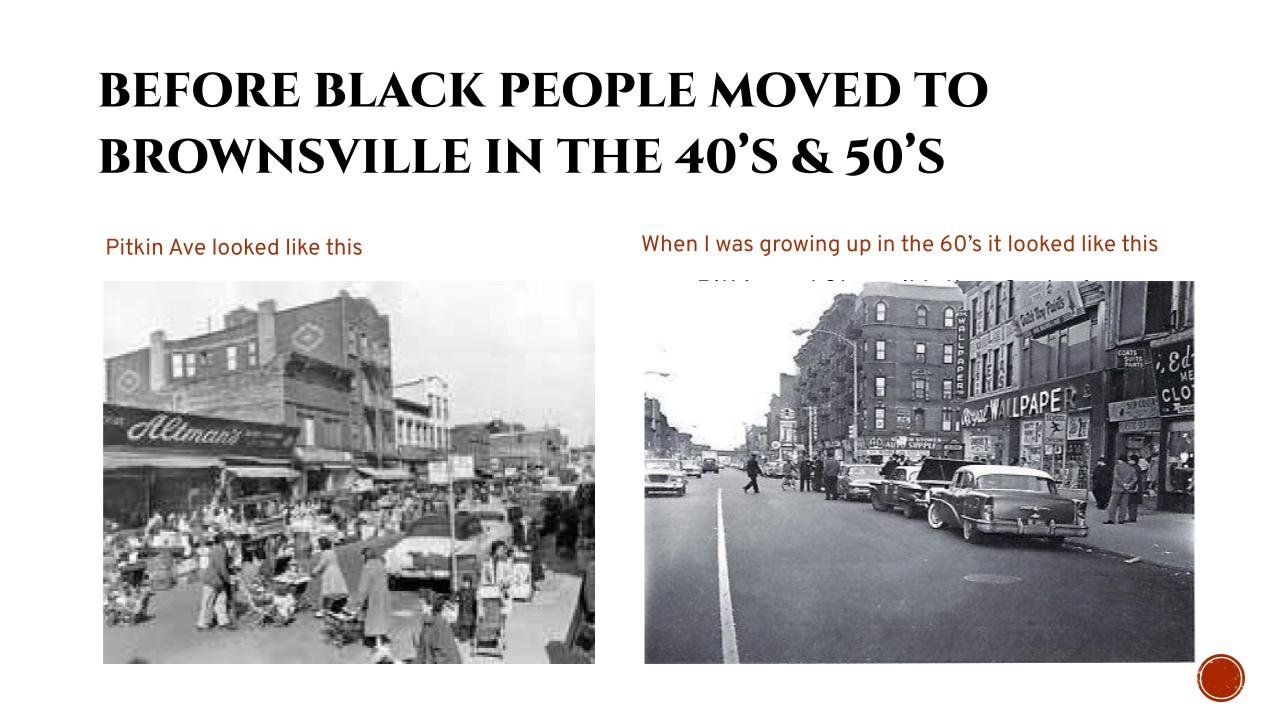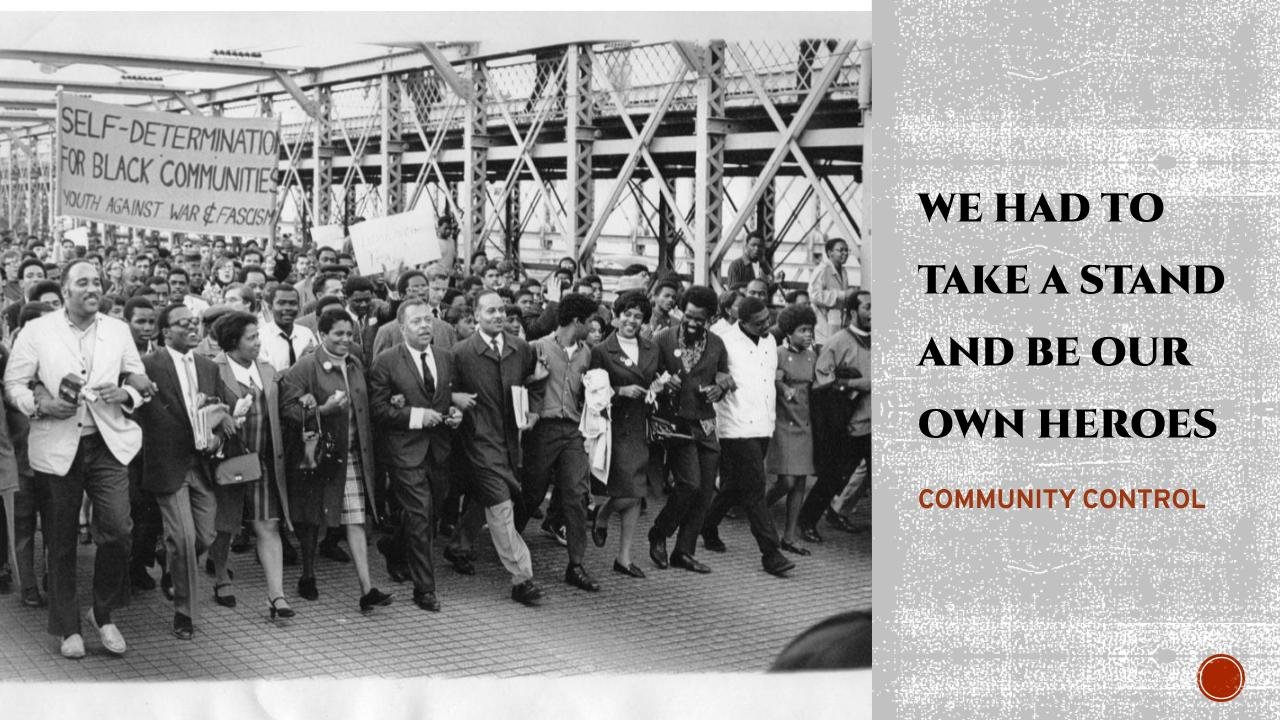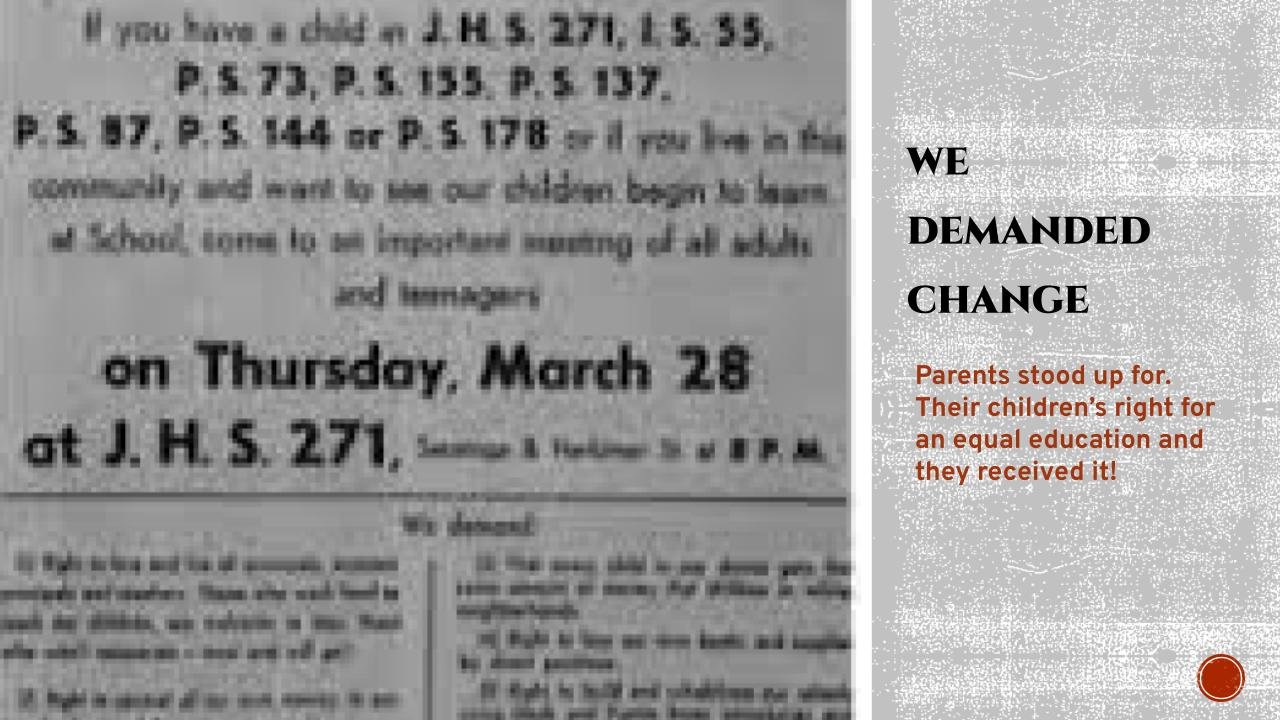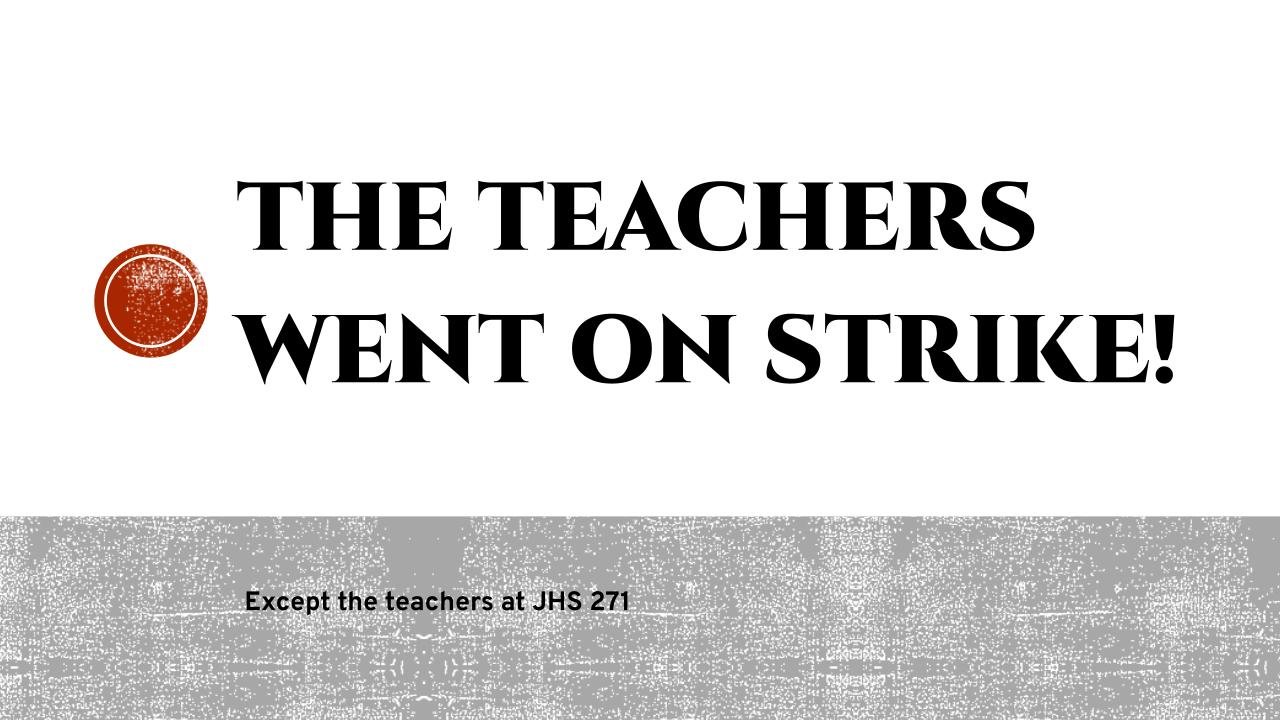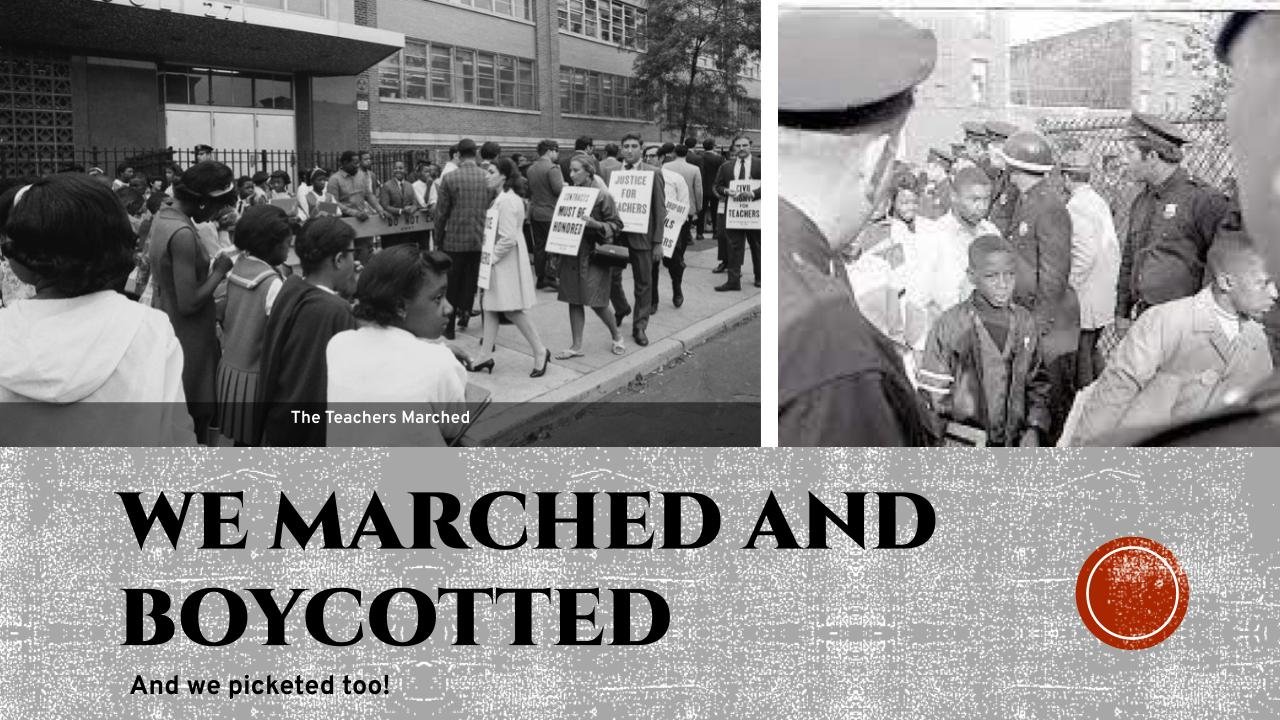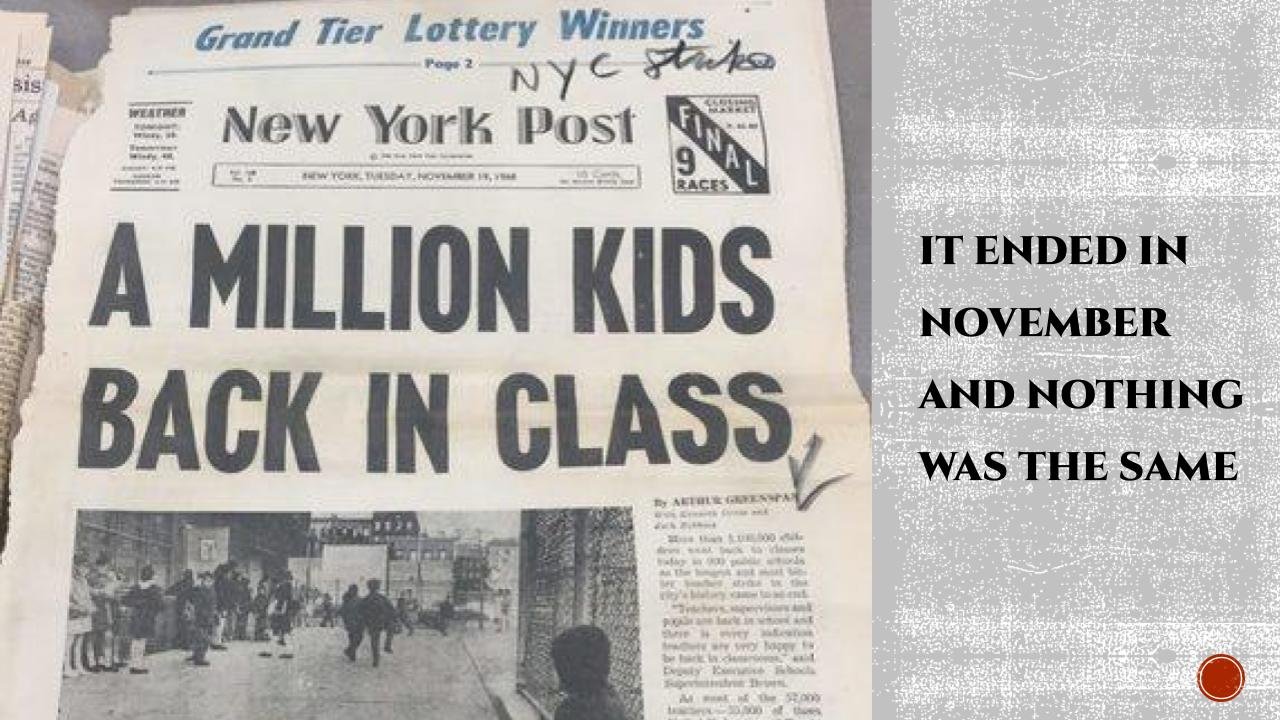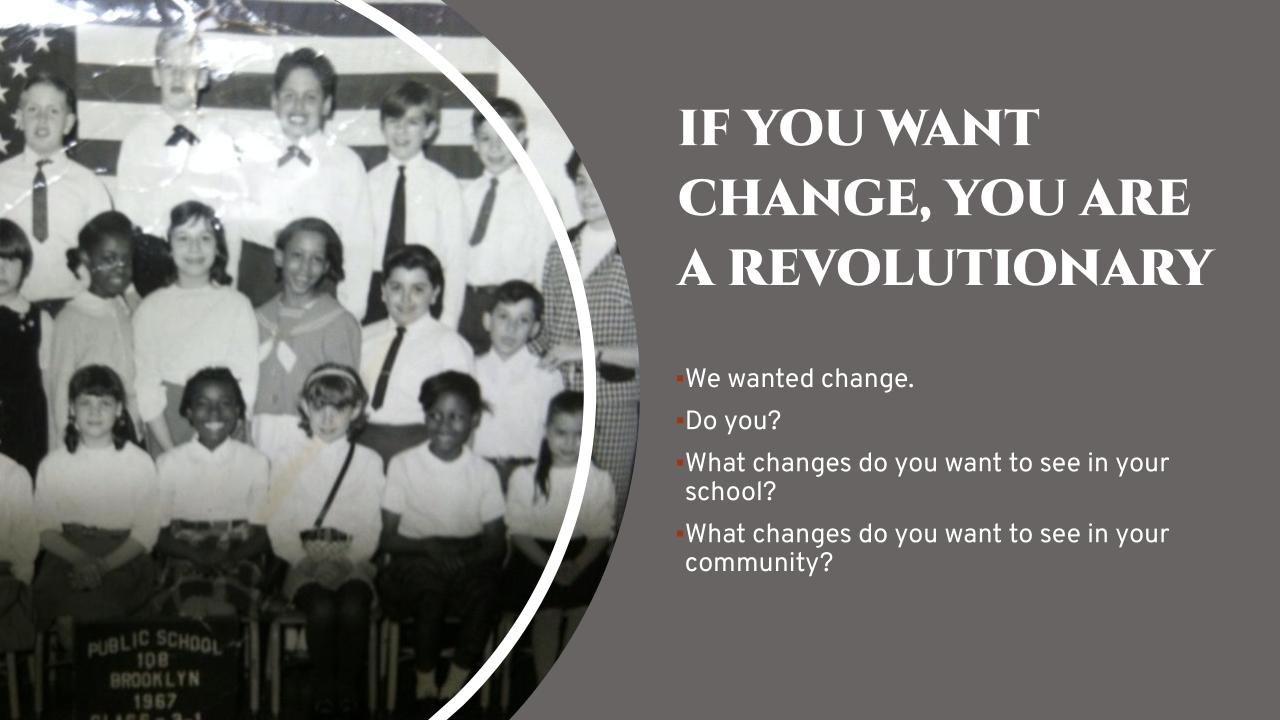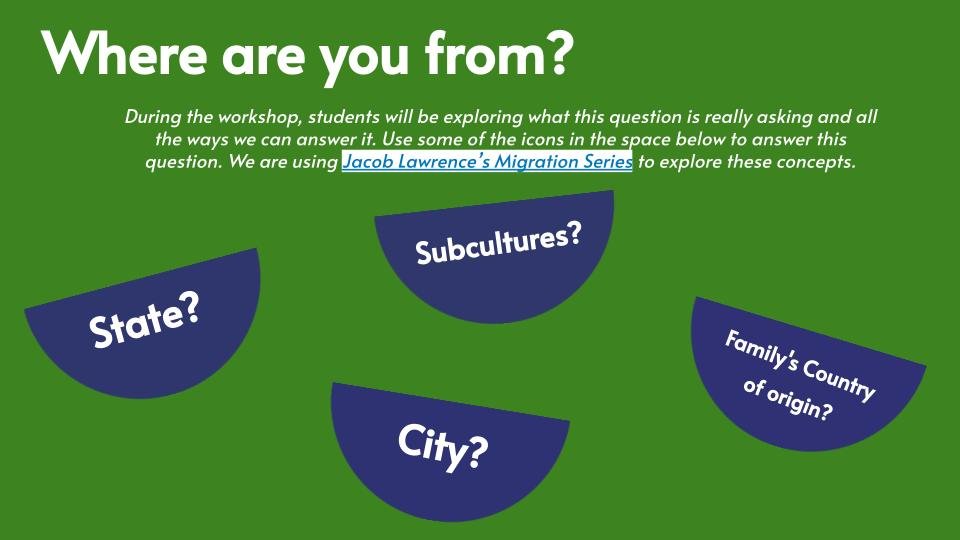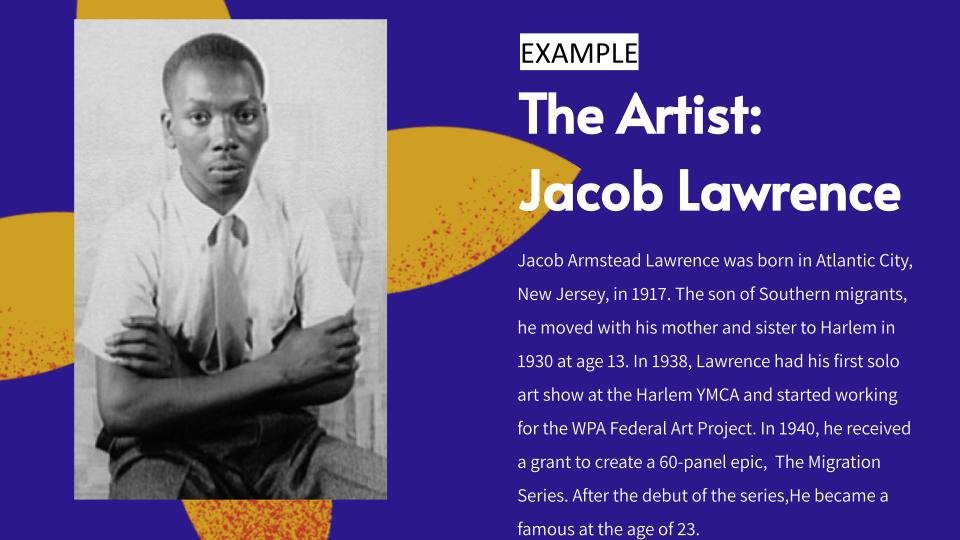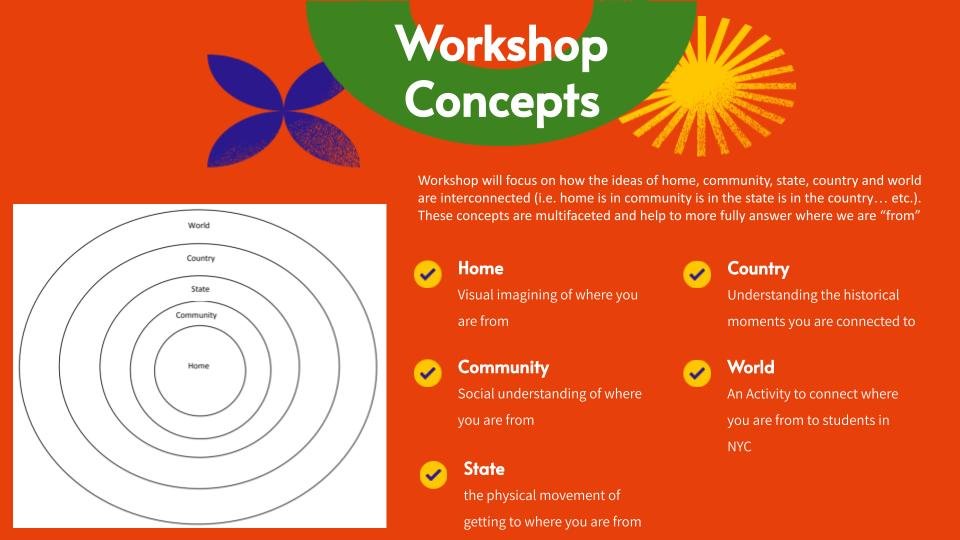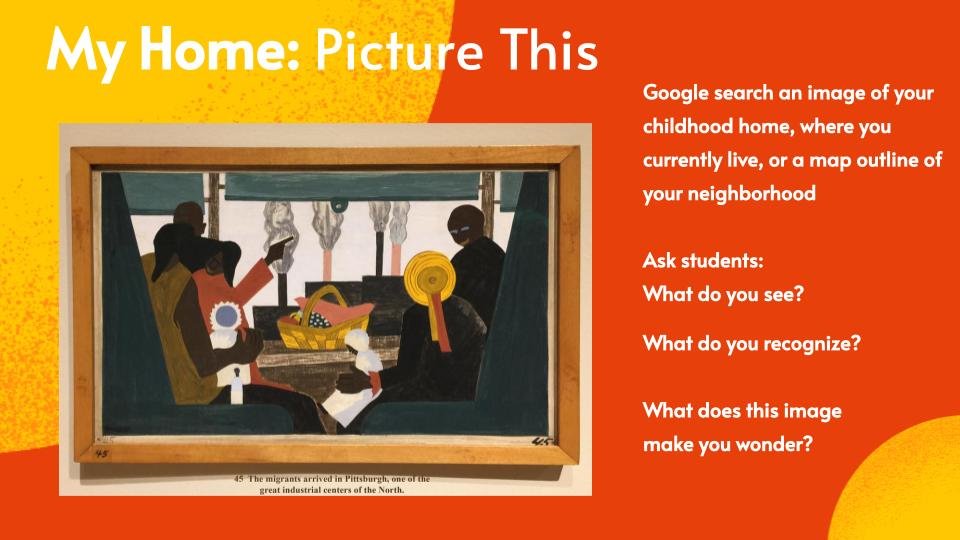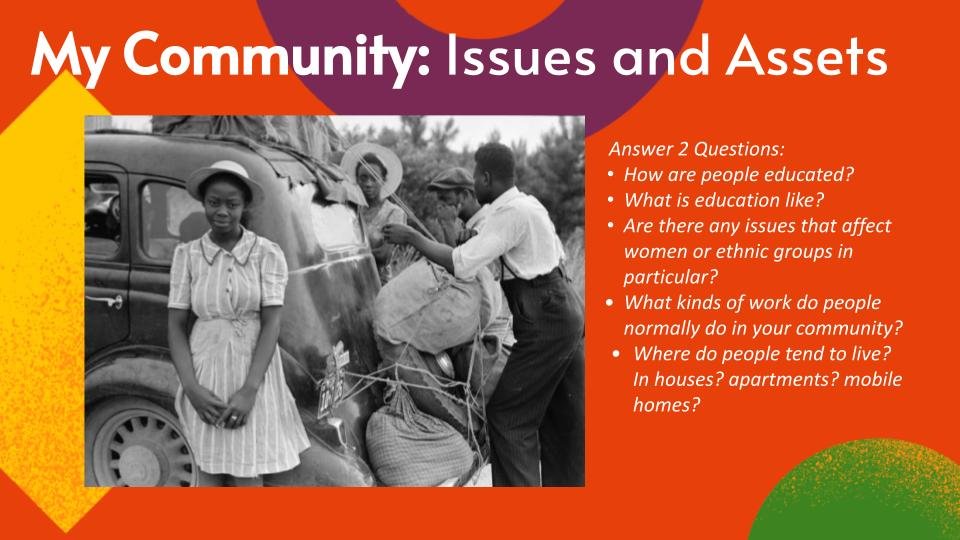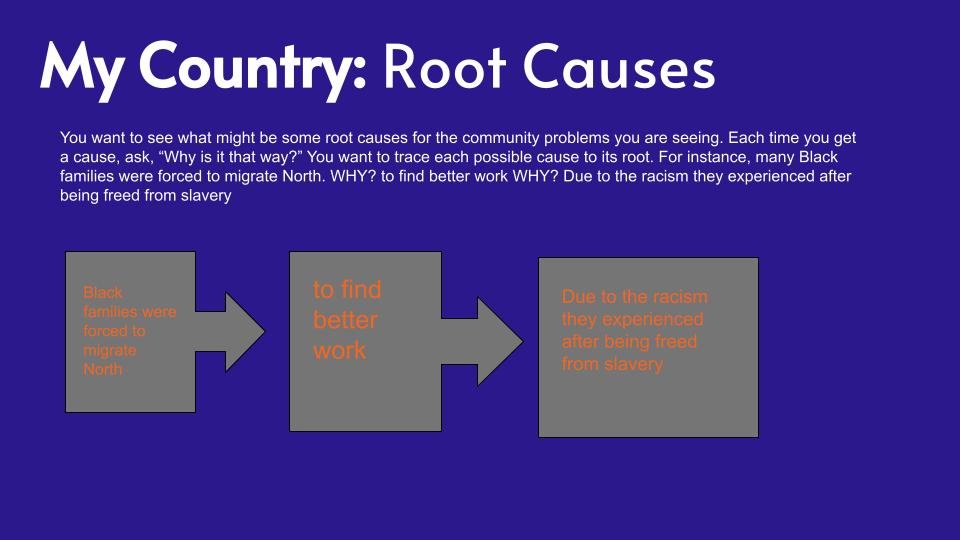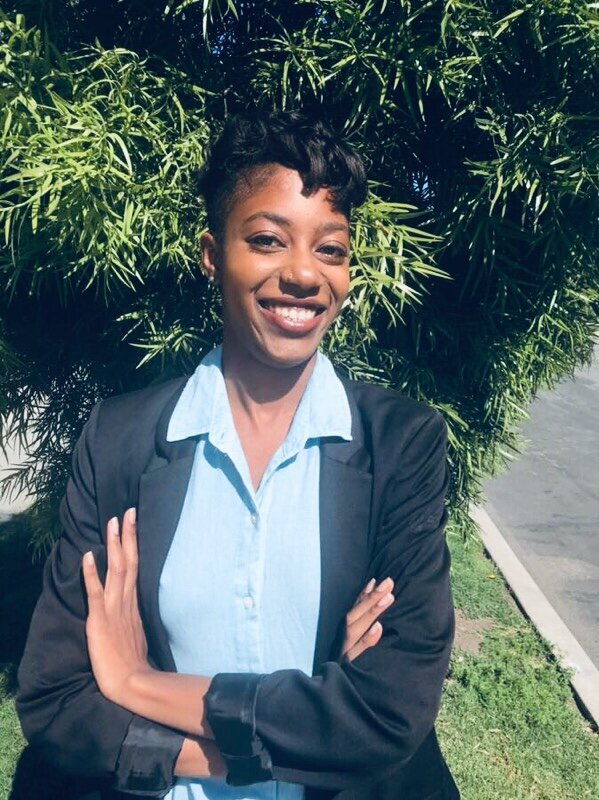A Guide to Building a Hyper Local History
History-Making, Knowledge Sharing & Creative Storytelling
PUSH / PULL Issue 18
Edited by Khadijah McCaskill
“Artists and Artisans represent carriers of important cultural knowledge.”
Art/thentic Education uses Visual Arts, Fiber Arts, Performing Arts, Storytelling, And Inquiry-Based Learning to build connections between artists, youth, their communities and the world. Art/thentic Education creates intercultural learning environments that empower our participants, young and old, to express, deeply understand, and value their and others' unique contributions to the planet. We increase the community connections of local artists, entrepreneurs, and students through exhibits, events, and learning opportunities!
Art/thentic Education creates enrichment and after school programs and learning materials for children and youth aged 10-17 that empowers students to express, deeply understand, and value their and others' unique contributions to the planet. We increase community connections between local artists, entrepreneurs, and students through exhibits, events, and other learning adventures.
“The History of this Guide”
The project pilot lasted 5 weeks each over 2 summers with 40 students ages 5 to 10. Through 2 hour workshops students explored how they and their families came to call Brooklyn, New York home. The goal of this guide is to follow the students along on their journey while you record your very own. Many of the activities and prompts included in this guide represent the "aha moments" students had during our workshops with local artists, activists, and community members we call Hometown Heroes.
Now it's your turn!
Partner with community businesses, mainstays and artists that contribute to the unique characters of your town, city, or neighborhood.
Create new works of art to explore the past and present of your community
Lead students through the process of storytelling for others outside of their communities
Challenge each other to dive deeper into the ideas of place, history, and identity! Reflect on your own experiences and how you plan to make history in your community.
“Guiding Principles:
Freire & Education for Equity”
“If the great popular masses are without a more critical understanding of how society functions, it is not because they are naturally incapable of it—to my view—but on account of the precarious conditions in which they live and survive, where they are “forbidden to know.” - Paulo Freire, Pedagogy of Hope: Reliving Pedagogy of the Oppressed
Oftentimes, education is seen as something to be obtained outside of our immediate experiences. The revolutionary Brazilian educator Paulo Freire is a well-known thought leader on what has been called “radical education.” The call to step away from what he termed “piggy bank” education has been echoed by many scholars. Remote work, social media, and AI demand that we as a people take these calls to re-examine what it means to learn and know. Paolo Friere’s work is in reference to his observations while educating adult farmers in Brazil. But the urgency of his message, from his books “Pedagogy of the Oppressed” and “Pedagogy of Hope ”will serve as illuminating forces throughout this guide.
“The guide seeks to put the ownership of knowledge-sharing and archiving back into the hands of communities we work and live in based on the following model:”
“1. Discover Hyper-Local History”
“If the great popular masses are without a more critical understanding of how society functions, it is not because they are naturally incapable of it—to my view—but on account of the precarious conditions in which they live and survive, where they are “forbidden to know.”-Paulo Freire, Pedagogy of Hope: Reliving Pedagogy of the Oppressed
“Brownsville and Weeksville are two neighborhoods about a mile from each other. ”
Their relationship to Black history in America seems worlds apart, with Weeksville being a historically Black town, and Brownsville acting as a hub for Civil Rights era educational experimentation.
Brownsville History
Between 1960 and 1970 the Black and Latino population of Brownsville exploded. New Black residents and the new Jewish community got along, but tended to fight over resources like schools, houses, and government funds. One of the ways this played out in Brownsville was through an experiment.
Inspired by the Civil Rights movement, Black Brownsville residents demanded to control their own schools. One way to gain control of their schools was to fire the Jewish teachers and replace them with Black ones. This resulted in 3 strikes and protests throughout New York City in 1968. To resolve the tension between the two communities, the city took control of Brownsville schools once again.
The community experienced a new migration. More Jewish people left Brownsville as the Black and Latino populations continued to grow. This time with immigrants from the Caribbean and Central American countries. From the 1980s to today, Brownsville residents have fought for better living and working conditions. Many who live in Brooklyn have never even heard of this small, historic community!
For More Information:
http://eastnewyorkoralhistory.org/
https://www.brownsvilleheritagehouse.org/#history
Weeksville History
In Central Brooklyn, 23 years before the Civil War, a small village called Weeksville was founded.The village had houses, churches, a school, an old age home, an orphanage, political institutions, businesses, and shops. Weeksville was unique because it was founded by and for African American families. For many African Americans living in the 1840’s in New York, Weeksville offered a place of safety and freedom.
Slavery ended in New York in 1827, but African Americans still faced a lot of discrimination. In the 1960s, the history of the Weeksville Community was re-discovered. During that time many of the historic buildings were being torn down in the Weeksville area. Students, teachers, archeologists, historians, community activists, artists, moms and dads all worked together to save four of the homes. In order to save the homes from demolition, they needed to find evidence to prove that the homes were part of an important history. They did an archeological dig in the area and found the evidence they needed.
Weeksville Students simulate the archeological dig that took place in the 1960s with “artifacts” casted in plaster of paris, Brooklyn, NY 2022, Captured by: Art/thentic Education
“The Art/Thentic program ran for six weeks from July to August, 6 hours a week. ”
The middle school summer campers went on tours of their local community, learned technical drawing skills, and explored the Hunterfly Houses to inspire their final works. 3 artists visited our workshop room during the course of the summer. Our music teacher, Carlene Ramos taught students how to produce, mix and master their own songs. Visual artist and Photographer Patrice Payne taught students how to use canva to create digital collages of photographs they took of their community. Meditation Teacher and Community Activist, Brittany Micek, used a reflective practice to lead students through recorded interviews of their artist statements and thoughts on their creative processes.
Student workshops focused on how personal and community history is preserved and how we can use art and technology to keep the story going. Projects included re-decorating/remixing Weeksville artifact replicas, 3D paper "future cities", and digital songs that mix oral histories from residents in the 1930, 1980s, and the current students exploring sounds of the future. All projects are stored in Weeksville Time Houses to represent the preserved historic houses at the museum. These curio cabinets can "jump" time.
For more information:
https://www.weeksvillesociety.org/oral-history
“2. Uncovering The Hometown Heroes: Griots & Guides ”
“No pedagogy which is truly liberating can remain distant from the oppressed by treating them as unfortunates and by presenting for their emulation models from among the oppressors. The oppressed must be their own example in the struggle for their redemption-Paulo Freire, Pedagogy of the Oppressed
The victors writing history is alive and well in the art and media depictions that reinforce the racial caste system and disjointed perceptions of history. History is still something outside of the immediate community or locked up for safekeeping in a museum or a library. Very rarely are the participants affected by historical events revered in the present moment on a small scale. We have examples within the Civil Rights Movement itself–for example, Rosa Parks elevated above the less historically “palatable” Claudette Colvin.
In this case, we have the little known story of the educational revolution that took place in Brownsville, Brooklyn and the community-led excavation of Weeksville. The first goal in revealing the heroes in these hometowns was to discover these events and who, if anyone, was alive to tell the story. Which voices echoed from the past? Luckily both Brownsville and Weeksville have ongoing preservation societies working to keep records of their histories.
Ms Cathie visits the Brownsville students on Zoom and shares her story with them.
“The Hero-ization of people like Ms. Cathie from Brownsville is essential to creating defining moments of history that build connections we can see and experience. ”
Cathie grew up in Brownsville Brooklyn in the 1960s. She lived in a tenement style building called the Van Dyke Houses with her family. Cathie noticed that her school taught a lot of history about the European people in her community. She could only learn her history at home.
She saw her neighborhood change as more Black students like her, and Latino students started school alongside her Jewish classmates. She and many of her classmates wanted change! Their parents stood up for their right to an equal education and they received it! Cathie, her classmates, and family demanded they be taught Black history in school.
“3. Place Ourselves in the Present: Painting Our Reality”
“No one leaves his or her world without being transfixed by its roots, or with a vacuum for a soul. We carry with us the memory of many fabrics, a self soaked in our history, our culture; a memory, sometimes scattered, sometimes sharp and clear, of the streets of our childhood, of our adolescence… A word for so long a time attempted and never spoken, always stifled in inhibition, in the fear of being rejected- which as it implies a lack of confidence in ourselves, also means refusal to risk.”- Paulo Freire, Pedagogy of Hope: Reliving Pedagogy of the Oppressed
The Eurocentric approach to curricula demands that students, no matter their background, defer to one type of knowledge in order to be considered academically successful. Hyper-local history brings content about currently marginalized groups to the center of the curriculum. ‘Centering’ helps students understand that people construct knowledge depending on their experiences, values, and perspectives. It helps students learn to construct knowledge themselves.
Hyperlocal history is not an exercise in comparing and contrasting different cultures that are found within any given community. Instead, community knowledge must be incorporated in a way that addresses student experiences. Thus, knowledge archiving activities remain relevant to all students to change education so that no ethnic or cultural group becomes dominant.
Within workshops, we asked students to examine the concepts of being “from” somewhere in a city as transient as New York, where histories of waves of immigration and identity around place and space can shift constantly.
A slideshow introducing the concepts to of bring “from” somewhere presented to brownsville students during the summer of 2021
“What does it mean for youth to act as the main collectors and creators of what is historically significant for their communities? ”
Throughout the workshops we used Hometown Heroes locally and artistic guides that represented the student communities in order to dig deeper into examples of structuring a hyper-local cultural narrative.
Between the years of 1940-41, Harlem-based painter, Jacob Lawrence created a series of paintings to illustrate his family's journey from the South to New York City. His 60-panel series portrays the Great Migration; the flight of over a million African Americans from the rural South to the industrial North following the outbreak of World War I up until 1960. New York City has since served as a new home full of opportunities for many immigrant and migrant populations.
The students from the Grand Street Settlement House center in Brownsville used Jacob Lawrence's story to explore their own legacies of migration to Brownsville, Brooklyn.
Below: Scans of a watercolor and marker three paneled story created by a Brownsville student describing her family’s migration story, Brooklyn, NY 2021, Captured by : Art/thentic Education
For more information: https://historynyc.commons.gc.cuny.edu/immigrant-nyc/
“4. Imagine the Future: Finding the Museum ”
“Those truly committed to liberation must reject the banking concept in its entirety, adopting instead a concept of women and men as conscious beings, and consciousness as consciousness intent upon the world. They must abandon the educational goal of deposit-making and replace it with the posing of the problems of human beings in their relations with the world”-Paulo Freire, Pedagogy of Hope: Reliving Pedagogy of the Oppressed
The influence of Fred Wilson’s seminal 1992 intervention at the Maryland Historical Society on this project cannot be overstated. Wilson made it his mission to find and display texts, artifacts, recorded texts, and objects to draw attention to the local histories of Black people and Native Americans. Many of these artifacts were seen as embarrassing, racist, or counter to the pristine Eurocentric narrative of history the Maryland Historical Society was trying to create.
Wilson’s strategies compel viewers of the work, those operating both inside and outside the museum structure itself, to see how reorganizing objects and labeling them intentionally might communicate something radically different than the previous displays of those objects. History is not static and can be far from objective. Hyper-local history is an exercise in moving, manipulating and remixing what is considered to be “acceptable narratives” of history to create more inclusive concepts that can be translated and carried forward into the future.
For More Information: https://historyinpublic.blogs.brynmawr.edu/files/2016/01/Curator_Mining-the-Museum.pdf
Weeksville student workshops focused on how personal and community history is preserved and how we can use art and technology to curate community historical narratives. Students created digital songs that combined oral histories from residents in the 1930s, 1980s, and found sounds collected by the students themselves.
Anything can be found and used to make noise/sound, thus the term “found sound”. Students learned basic music production on Digital Audio Workstations. They used their phones to record sounds at different points within the museum’s archives and in their communities.
The advent of technology allowed for students to imagine what the future would sound like, adding robot voices, piano samples, and odes to Weeksville Hometown Heroes together to create a cohesive narrative of where they are and the hope for what they want to make in the future.
KHADIJAH MCCASKILL
As founder of Art/thentic, Khadijah has been an Associated Artist with Culture Push Inc as well as as a New York City Artist Corp grantee. She has collaborated with over 20 institutions including the Museum of Modern Art, Weeksville Heritage Center and Black Space to create community arts experiences for youth throughout New York City, Khadijah has over a decade of experience as an art and museum educator having served as a teaching artist in China, Costa Rica, and all over the United States. Her work has appeared in LA Parent Magazine and Cultural Daily. Khadijah is a connector, with a particular knack for pulling together seemingly opposing ideas into a harmonious mission of community-building, art and teaching. She developed and implemented innovative art curriculums for Grand Street Settlement, Fulbright and PBS.






